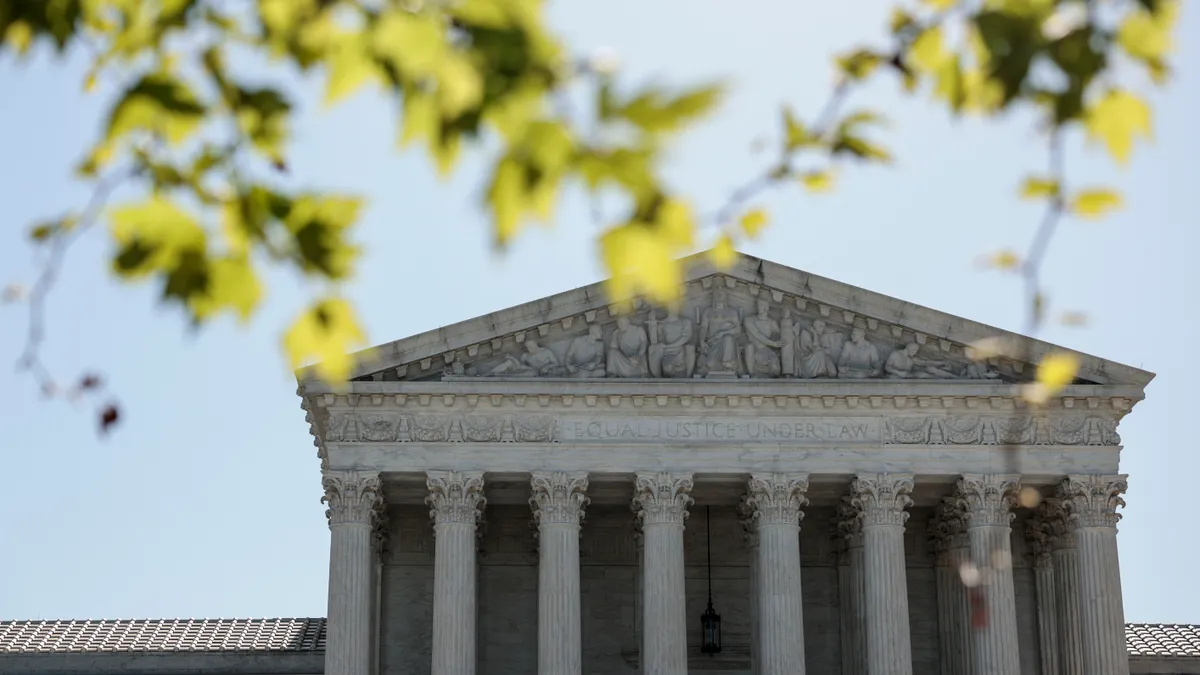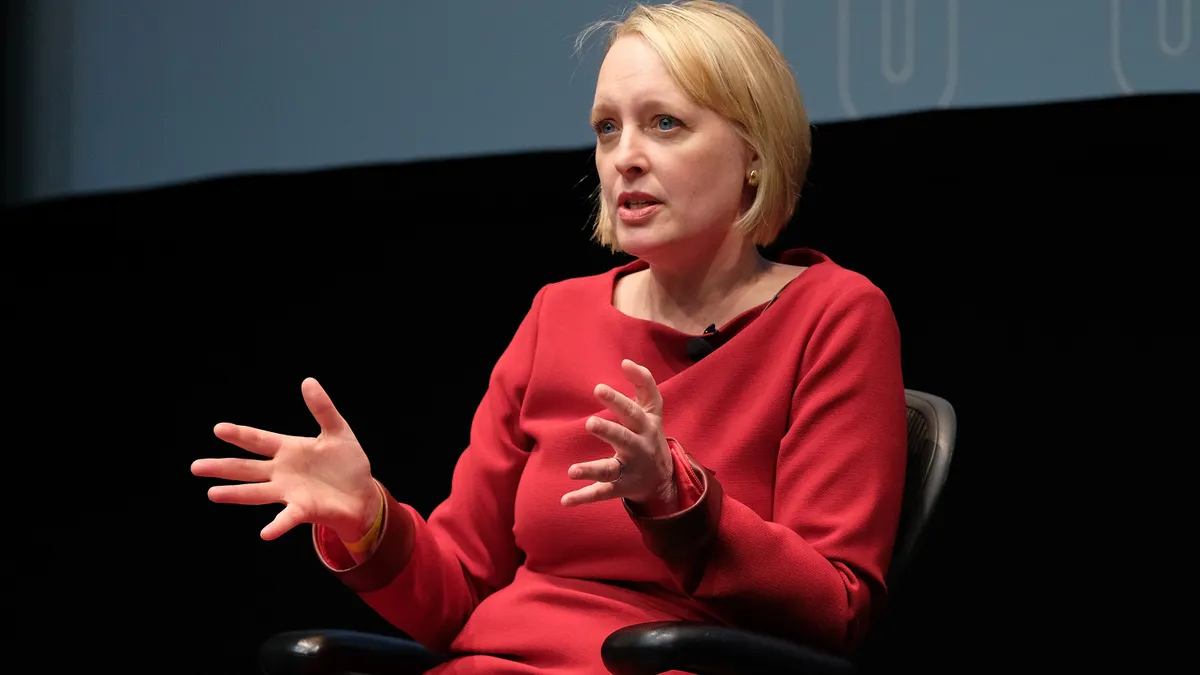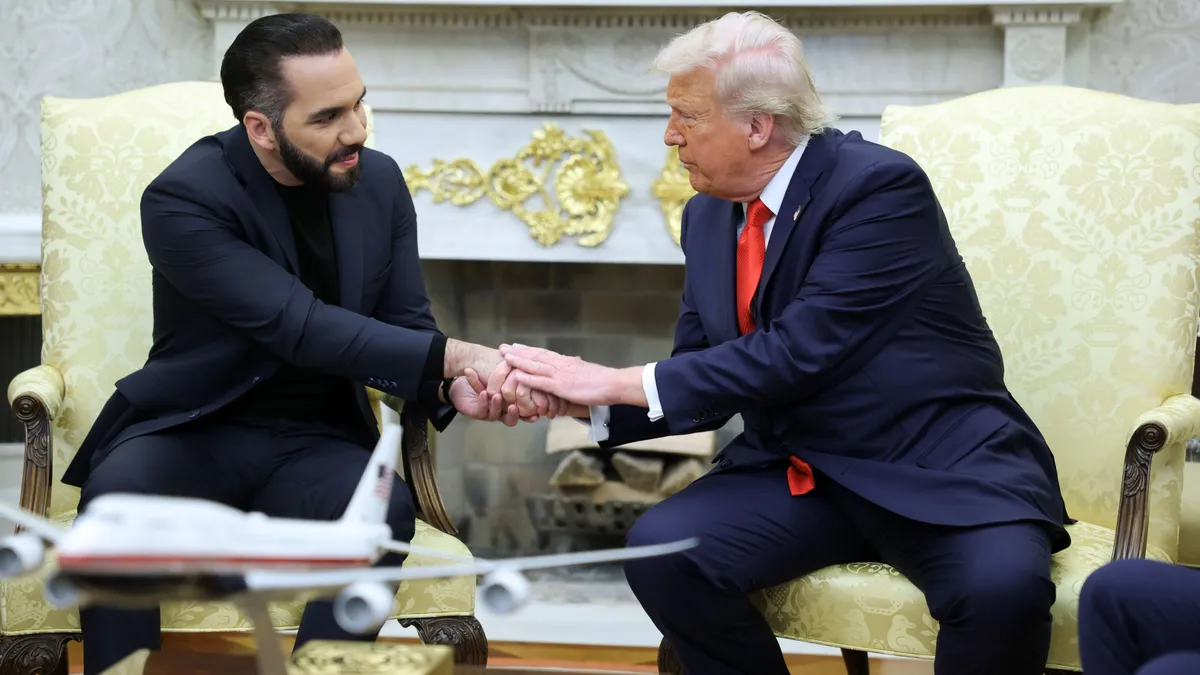Robert Quackenboss is a partner at Hunton Andrews Kurth LLP. Tyler Laughinghouse is an associate at the firm.
On Nov. 5, the U.S. Supreme Court will take up a wage and hour case, E.M.D. Sales, Inc. v. Carrera, to clarify a circuit split regarding the standard of proof that employers must meet to show that employees are exempt from the minimum wage and overtime requirements of the Fair Labor Standards Act.
The FLSA requires most U.S. employees be paid at least the federal minimum wage for all hours worked and receive overtime pay for each hour worked over 40 hours in a given workweek, unless the employee falls into one or more of the FLSA’s various exemptions.
While it is not disputed that employers bear the burden of proving that employees fall within a particular FLSA exemption, the Supreme Court agreed to hear Carrera to clarify the precise burden of proof that employers need to meet to satisfy that burden. This forthcoming decision (expected Spring 2025) could have nationwide implications for employers in the retail industry and beyond.
The Carrera decision
In Carrera, three sales representatives filed a lawsuit alleging their employer violated the FLSA by failing to pay them overtime wages when they worked more than 40 hours per week.
The employer did not dispute that the sales representatives worked for more than 40 hours per week but argued they were not entitled to overtime wages because they were exempt under the FLSA’s “outside sales” exemption. Following a nine-day bench trial, a district court ruled in favor of the employees, holding that the employer failed to prove the employees fell within the “outside sales” exemption “by clear and convincing evidence.”
On appeal, the 4th U.S. Circuit Court of Appeals affirmed the district court, finding it applied the correct legal standard. Specifically, the appeals court held that, under its long-standing precedent, employers have the burden to prove that their employees satisfy the FLSA’s exemptions by “clear and convincing evidence,” rather than by the less stringent “preponderance of the evidence” standard applied by other circuit courts.
In doing so, the 4th Circuit acknowledged that its application of the “clear and convincing standard” was at odds with other circuit courts and even suggested that its standard (first developed in 1993) might be outdated in light of the Supreme Court’s 2018 decision in Encino Motorcars LLC v. Navarro, where the High Court rejected the then-long-standing principle that FLSA exemptions should be “narrowly construed” in favor of a more-relaxed standard that gives the FLSA exemptions a “fair reading.”
The 4th Circuit, however, held that because the Supreme Court’s decision in Navarro did not specifically address the applicable burden of proof, it was bound by its prior precedent that the “clear and convincing evidence” standard applied. Following the panel’s decision, the 4th Circuit denied a request for en banc review.
A circuit split
The 4th Circuit’s “clear and convincing” standard conflicts with seven other circuit courts, including the 5th, 6th, 7th, 8th, 9th, 10th and 11th Circuits — each of which apply the less demanding “preponderance of the evidence” standard.
Indeed, the 6th, 7th and 10th Circuits have expressly considered and rejected the applicability of the “clear and convincing evidence” standard.
To date, the 4th Circuit is the only circuit court to require employers to meet this heightened standard, and its position has received widespread criticism.
In fact, even the U.S. Department of Justice has called on the Court to “summarily reverse” the 4th Circuit’s decision, opining in its amicus brief that the error was so obvious that “the Court need not expend the resources required for plenary review.”
In doing so, DOJ argued that, not only does the 4th Circuit’s decision conflict with all of the other circuit courts that have addressed the issue, but the “clear and convincing evidence” standard is unsupported by the FLSA’s statutory text and is “inconsistent with [the U.S. Supreme] Court’s precedent, which has long recognized that such a heightened standard of proof should not be applied to ordinary civil cases seeking monetary remedies.”
The Supreme Court’s forthcoming decision
Many suspect that the Supreme Court will overturn the 4th Circuit’s decision and formally adopt the less-demanding “preponderance of the evidence” standard, especially given the Court’s recent trend of employer-friendly FLSA decisions.
As noted above, for example, the Court delivered a decisive victory to employers in Navarro, where it held that the FLSA’s exemptions should be given a “fair reading” as opposed to a narrow construction. That aspect of the Navarro decision was largely unexpected and overturned decades of lower court precedent narrowly construing the FLSA’s exemptions in light of the FLSA’s remedial purpose.
This case also comes at a time when agency action has come under increased scrutiny from the Court. Indeed, its recent pair of decisions in Loper Bright v. Raimondo and Relentless, Inc. v. Dep’t. of Commerce, in which the Court overturned the longstanding Chevron deference doctrine, have reset the regulatory landscape and have opened the door for more robust challenges to agency rulemaking and other actions.
Taken together, the Supreme Court appears poised to overrule the 4th Circuit and to clarify that the “preponderance of the evidence” standard is the applicable legal test in FLSA exemptions cases.



















